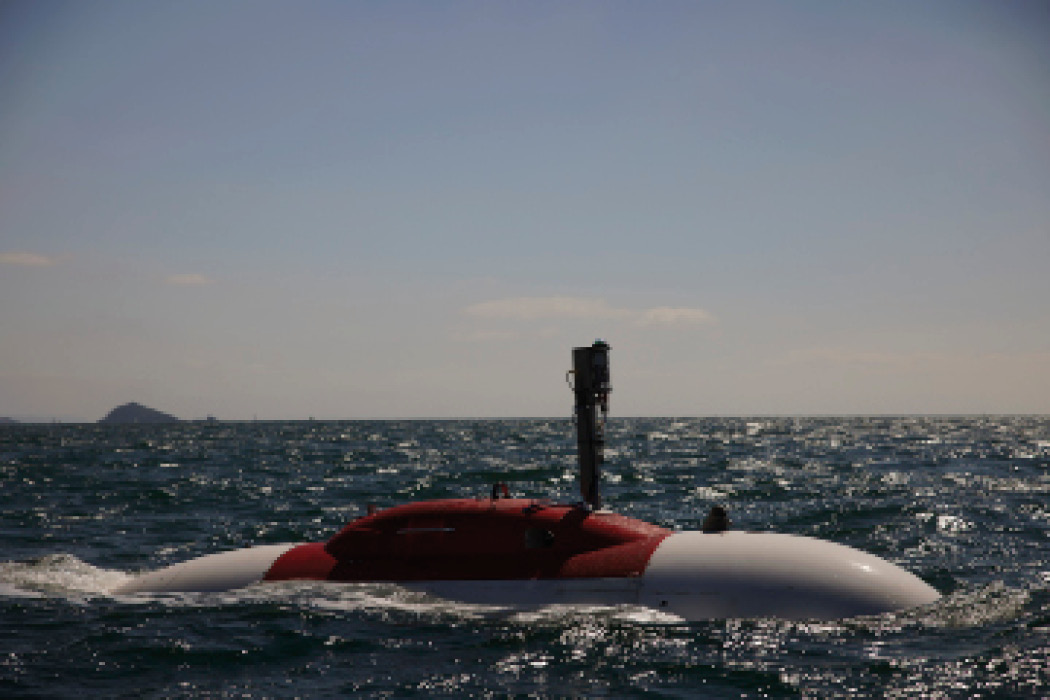The fifth of the UK Royal Navy’s Astute-class submarines slid into the water at BAE’s yard in Barrowin-Furness during May this year. On the same day, 260 miles away in Plymouth, a much smaller submarine made its debut. A minnow compared to the 7,000+ tonne HMS Anson, this secretive nine-tonne craft may have greater implications for the future of the navy than its nuclear ‘big brother’.
MSubs, a specialist in autonomous technology, has built an unmanned underwater vehicle called the Mayflower, capable of operating up to 3,000 miles from home for three months. The big innovation here is the autonomy. The submarine’s movements and actions will be governed entirely by Artificial Intelligence (AI).
As the AI will be working in complete isolation from human contact, the principle of machine learning showing an AI program examples of how a task should be performed until it has embedded the right actions in its repertoire is used. The advantages for such a working system are obvious, removing risk for submariners and cost being the two most obvious.
There are synergies in the offshore exploration arena where such ‘intelligent’ autonomous vehicles could in principle survey large areas of the seabed and subsurface and whilst this is some way off, the extractive industries are already using the same technologies to improve and speed up seismic processing and interpretation as described in two of this issue’s stories.
Moving from the world of nuclear submarines to radioactive waste disposal, Kirsty Simpson’s article on deep geological disposal highlights that many of the key investigative methods required in this endeavor are the bread and butter of any oil and gas geoscientist, even if applied slightly differently. Although the UK does not appear to include significant expansion of its nuclear energy capability in its strategy to achieve its net zero commitments, this remains one way to reduce CO2 emissions (though it clearly brings other challenges).
This brings me to a personal bugbear. The focus ahead of COP26 later this year is principally on mitigating climate change by reducing CO2 emissions largely through transition to clean energy sources. Whilst this is undoubtedly of critical importance, perhaps as a species, we need to focus more on simply using less, as this for me at least, is really at the heart of the problem. With the IPCC‘s August climate change report described as a ‘code red for humanity’ by UN Secretary-General, António Guterres, there was a glimmer of hope that deep cuts in emissions of greenhouse gases could stabilize rising temperatures, but consensus appears to be the damage is irreversible. Could AI provide a much-needed boost to the science and technology developments needed to mitigate climate change? One can only hope.





